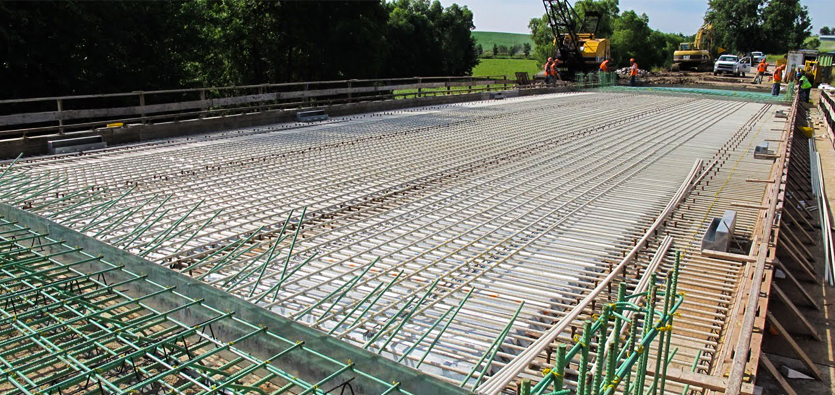Exploring the Uses and Advantages of Recycled Composites in Modern Industries
In today's quickly progressing commercial landscape, the use of recycled composites has actually garnered increasing focus for its possible to redefine typical production methods. The amalgamation of recycled products with innovative composite modern technologies offers an appealing method for enhancing sustainability, strength, and cost-efficiency across various sectors. As markets look for innovative options to address ecological problems and improve functional efficiencies, the consolidation of recycled compounds emerges as a compelling choice. This change towards lasting practices not only straightens with global conservation initiatives however likewise uses a myriad of advantages that hold the trick to shaping the future of modern-day production methods.
Ecological Benefits of Recycled Composites
The use of recycled compounds in contemporary markets supplies considerable environmental benefits, adding to the reduction of waste and the conservation of natural deposits. By integrating recycled composites into manufacturing procedures, markets can lower their dependence on virgin products, consequently lowering the quantity of waste created and the energy needed for extraction and production. This change in the direction of using recycled compounds aids in drawing away materials from landfills, relieving the burden on waste monitoring systems, and decreasing greenhouse gas discharges connected with traditional manufacturing techniques.
Furthermore, the use of recycled compounds promotes the conservation of natural deposits such as hardwood, minerals, and water, which are usually depleted via the removal and handling of basic materials (composites). By expanding the life-span of products with recycling, markets can help maintain ecological communities and biodiversity by decreasing the need for new resources. Overall, the fostering of recycled compounds in modern sectors plays a critical function in promoting sustainability and reducing the ecological effect of manufacturing processes
Boosted Toughness in Item Manufacturing
With a concentrate on durability and effectiveness, including recycled compounds right into product manufacturing processes boosts longevity and sustainability. By using recycled compounds, producers can develop items that are not just solid yet additionally immune to damage, making them perfect for lasting use in various industries. The combination of various products in recycled composites can often result in boosted strength and toughness contrasted to conventional products, giving a cost-effective remedy for generating lasting products.
Among the crucial advantages of utilizing recycled compounds in item production is the capacity to customize the product properties to meet certain longevity demands. By adjusting the make-up and production methods, producers can personalize the recycled compounds to withstand severe environmental conditions, hefty loads, or regular use without jeopardizing on performance. This versatility in design and production permits the development of highly resilient products that preserve their stability gradually, minimizing the requirement for regular replacements and inevitably adding to a more lasting production procedure.
Cost-Effectiveness and Economic Benefits
Incorporating recycled composites right into product manufacturing not just boosts toughness and sustainability but likewise offers considerable cost-effectiveness and financial benefits. Making use of recycled composites can lead to minimized product prices as recycled materials are commonly much less expensive than virgin products. Additionally, recycling composite materials can reduce garbage disposal expenditures and lower the need for garbage dump room, adding to total price savings for industries.

Advancement and Style Flexibility With Recycled Composites
Using recycled compounds in modern industries provides unmatched chances for technology and style adaptability. By integrating recycled products into composite manufacturing procedures, companies can push the borders of traditional layout constraints and explore brand-new opportunities. The convenience of recycled composites enables for the creation of complicated shapes and frameworks that might not be possible with traditional products.
One of the key benefits of recycled compounds is their capability to be built into numerous forms, providing developers the flexibility to explore distinct sizes and shapes. composites. This versatility opens a world of creative possibilities, making it possible for the development of light-weight yet long lasting items that fulfill the particular requirements of various sectors
In addition, the visit their website usage of recycled compounds promotes lasting methods and supports the circular economic climate by lowering waste and lessening the ecological influence of producing procedures. This concentrate on environment-friendly style remedies aligns with the growing fad towards sustainability in modern industries, making recycled compounds a beneficial source for forward-thinking and innovative companies.
Applications Throughout Various Industries
Recycled composites find diverse and impactful applications throughout a vast array of markets as a result of their one-of-a-kind residential properties and sustainability benefits. In the automobile industry, these materials are significantly made use of for producing lightweight and sturdy parts, boosting gas efficiency and minimizing carbon exhausts. The aerospace industry gain from recycled composites in the manufacturing of airplane components, where the materials' strength-to-weight proportion is critical for making sure security and performance. In construction, these composites are utilized for developing strong yet eco-friendly structure materials, contributing to lasting facilities advancement. The renewable resource field employs recycled compounds in wind turbine blades and photovoltaic panels, using their stamina and resistance to severe ecological problems. Additionally, the aquatic industry uses these materials for making boat hulls and components, using enhanced longevity and deterioration resistance. The convenience and sustainability of recycled compounds make them important across numerous industries, driving innovation and ecological stewardship. composites.
Verdict
To conclude, the use of recycled compounds in modern markets offers considerable ecological advantages, improved resilience in item manufacturing, cost-effectiveness, and financial advantages. Moreover, making use of recycled compounds sites allows for advancement and layout flexibility across various markets. Generally, the adoption of recycled compounds provides a sensible and lasting remedy for satisfying the demands of the sector while additionally lowering ecological influence.

One of the essential benefits of making use of recycled compounds in product production is the capability to tailor the product buildings to satisfy particular resilience needs. Using recycled composites can lead to lowered material expenses as recycled products are usually much less expensive than virgin products. The aerospace market benefits from recycled composites in the manufacturing of airplane components, where the materials' strength-to-weight proportion is crucial for guaranteeing safety and efficiency.